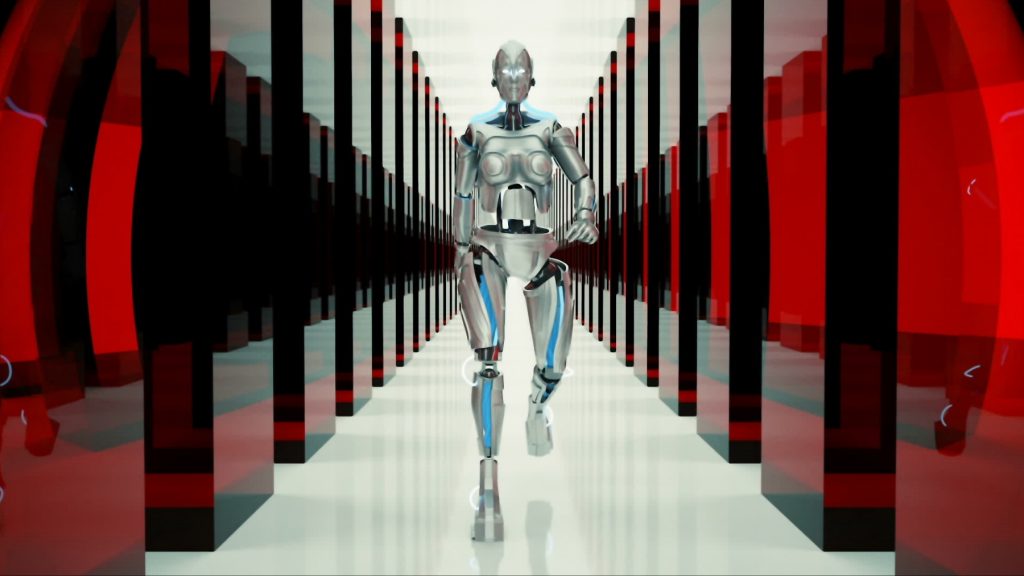
Researchers in Japan have replicated how humans switch speeds when walking to incorporate the trait into their robot designs.
- The study uses a rendering of the human musculoskeletal model equipped with a new algorithm that calculates fast and adaptive reactions.
- The algorithm also works on being energy efficient.
Researchers at the Tohoku University Graduate School of Engineering have successfully replicated human-like variable-speed walking in robots.
Published in the PLOS Computational Biology journal, the study introduced a musculoskeletal system model guided by a reflex control method that mirrors the complexities of the human nervous system.
How can I describe this without sounding deranged? Oh, I know. It’s basically a 2D or 3D rendering of the human body, which depicts only bones, muscles, tendons, and ligaments, equipped with an algorithm that mimics our biological for fast and adaptive responses to environmental changes. It looks like the Colossal Titan from Attack on Titan.
They aimed to give robots the ability to smoothly “switch gears” like we do when we go from a stroll to a jog and then back to a walk. For us to do that, our brain sport of calculates how we need to move our legs to be able to achieve the desired speed. We don’t realize we do it because there are a lot of things that we just do without a second thought.
So, to gift the robots with the ability to know which limb to move, they created a special algorithm. It creates a neural circuit model optimized for energy efficiency across a spectrum of walking speeds. In layperson’s terms, it imitates the way your brain calculates the position and force needed to achieve a certain speed. It then sends the appropriate command.
But they had a small issue. Energy, or lack thereof. Apparently, swinging a leg to walk consumes more energy than desirable. As a result, they tailored the algorithm to take the road of less energy consumption.
Associate Professor Dai Owaki, co-author of the study, stated, “The successful emulation of variable-speed walking in a musculoskeletal model, combined with sophisticated neural circuitry, marks a pivotal advancement in merging neuroscience, biomechanics, and robotics.”
And he’s right. This algorithm could change bipedal robot design forever. Granted, now I can’t stop thinking about a robot running after me down an alley. But that’s on me for watching one too many dystopian movies.
But that’s not all it’s useful for; the same algorithm could be integrated into advanced prosthetic limbs. This integration would elevate the prosthetic and improve the quality of life of individuals with disabilities. The closer prosthetics come to human movement, the better the quality of life.
Inside Telecom provides you with an extensive list of content covering all aspects of the tech industry. Keep an eye on our Tech sections to stay informed and up-to-date with our daily articles.